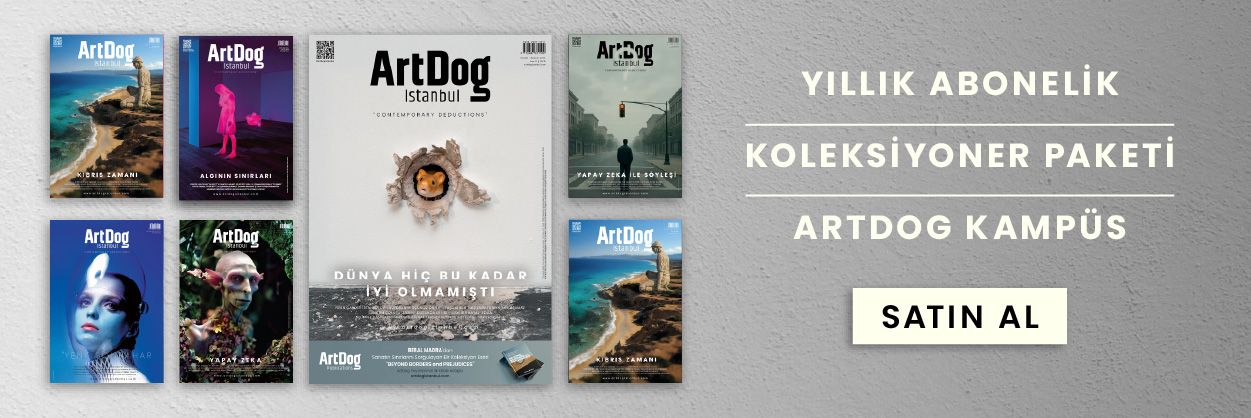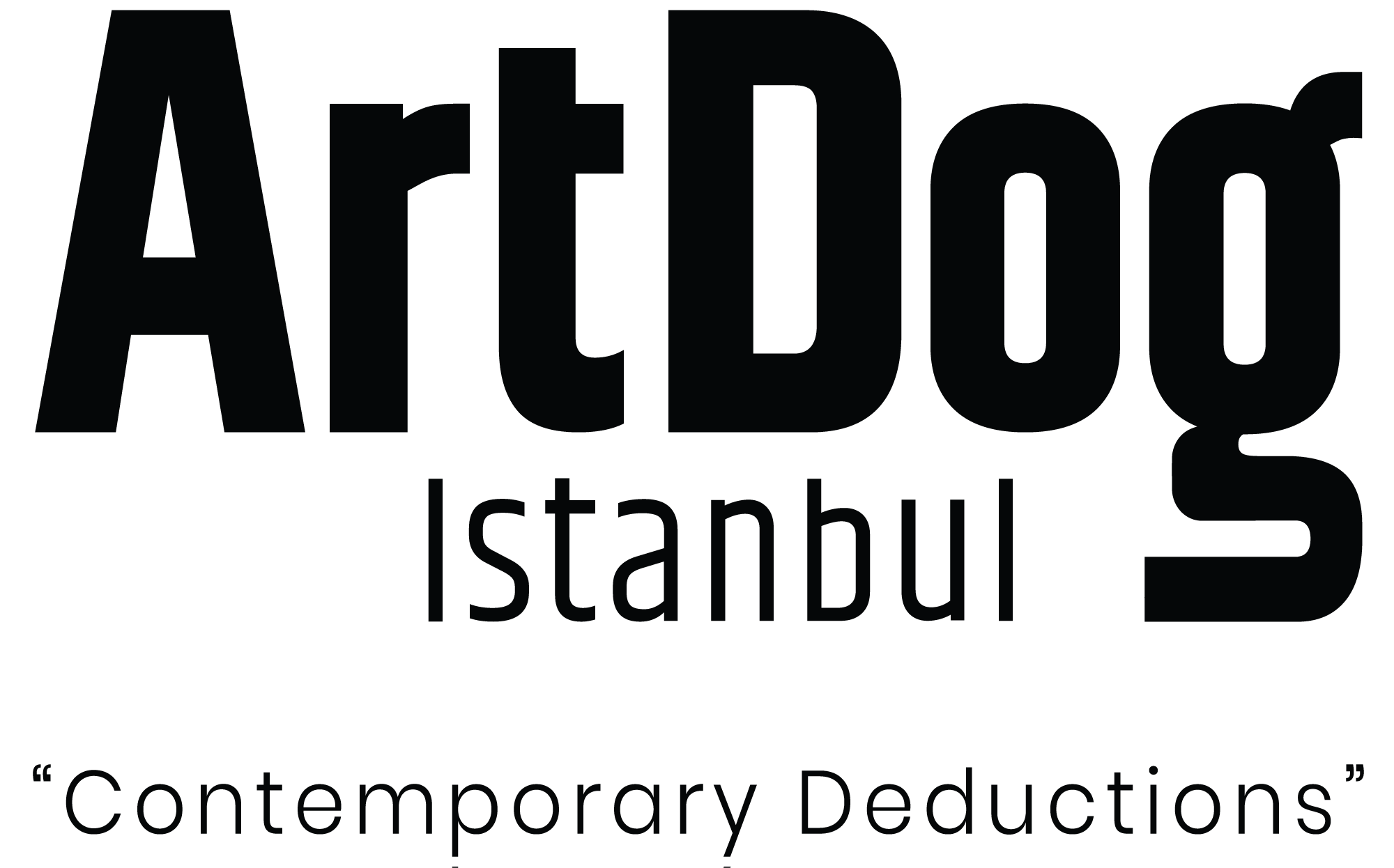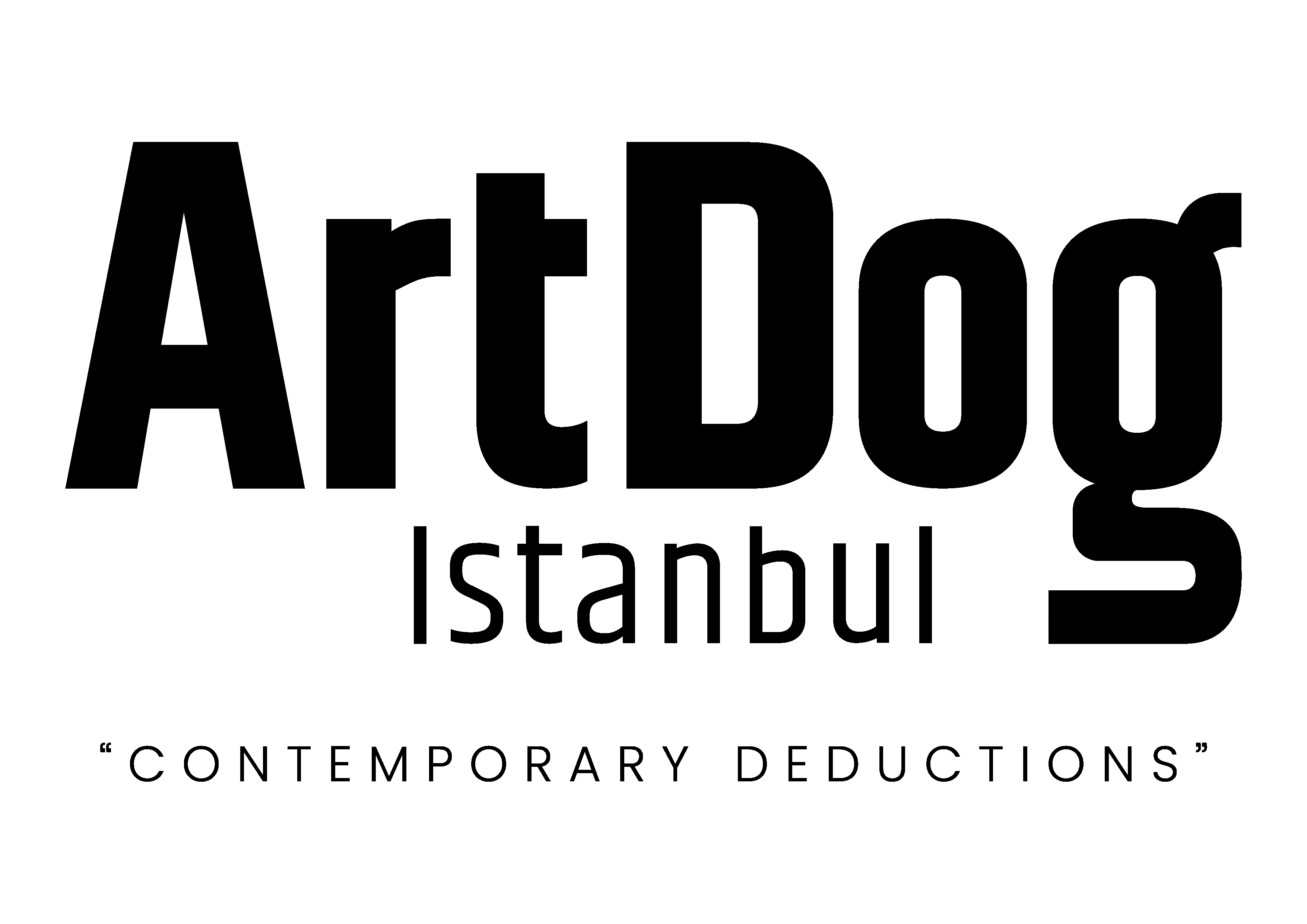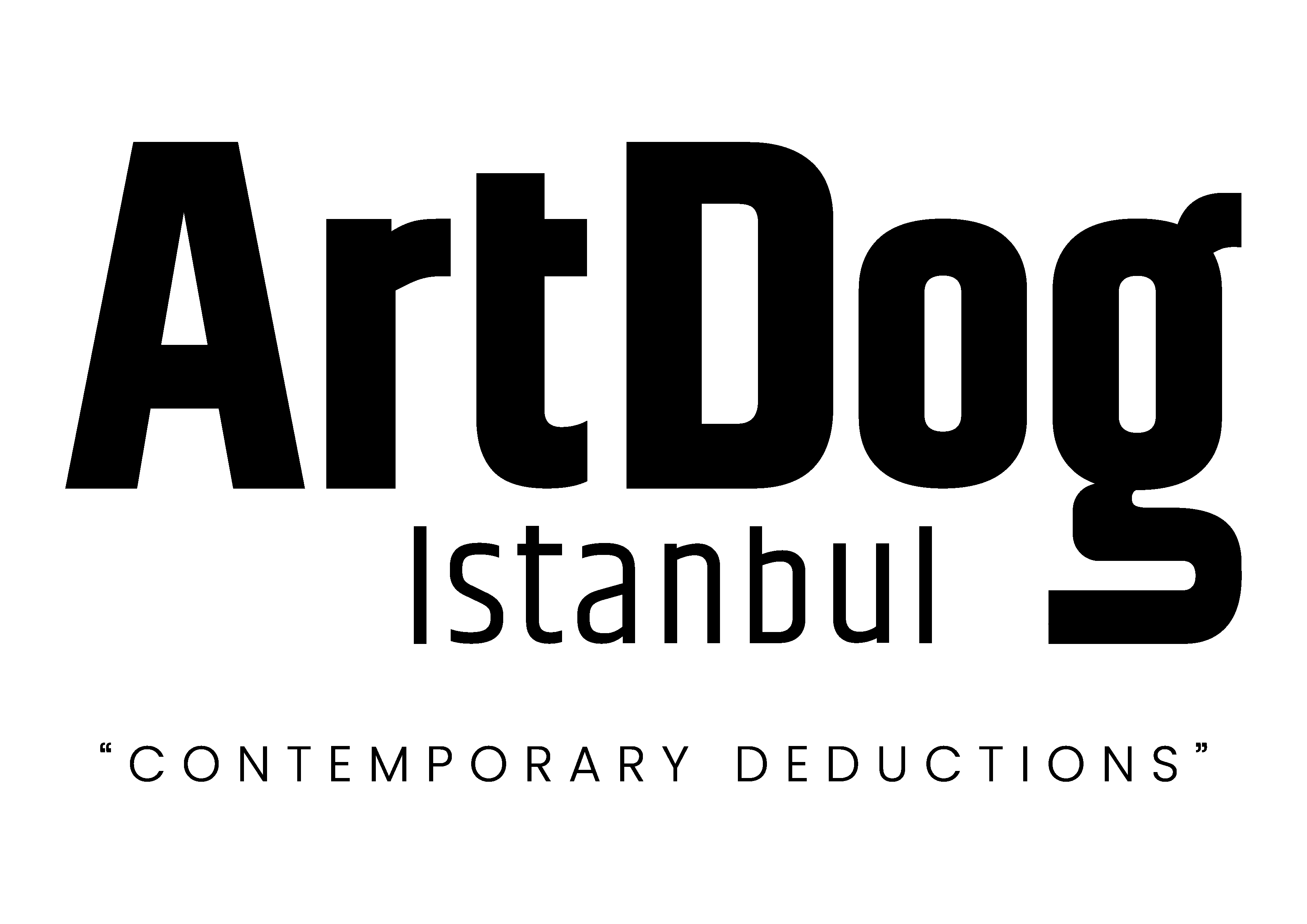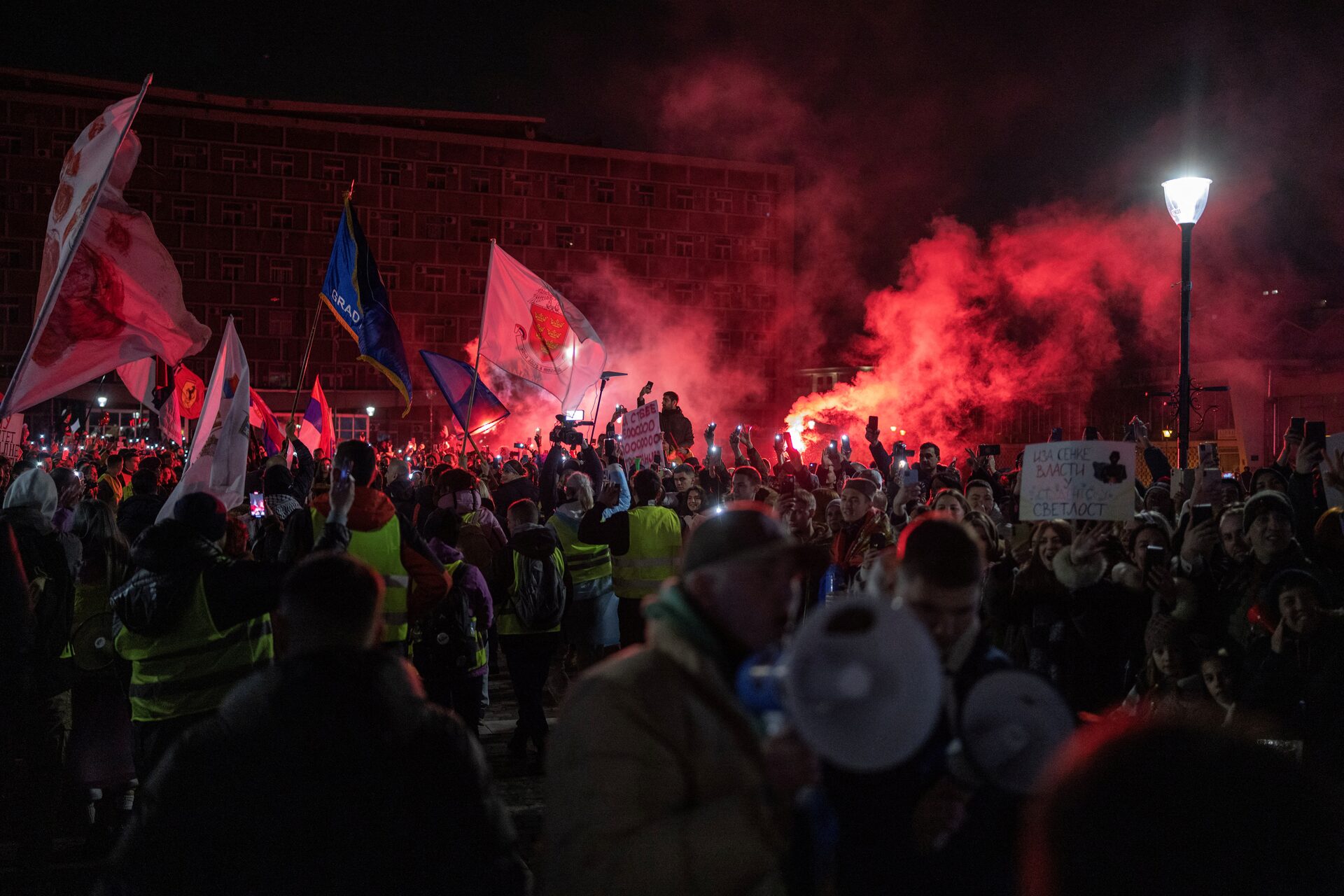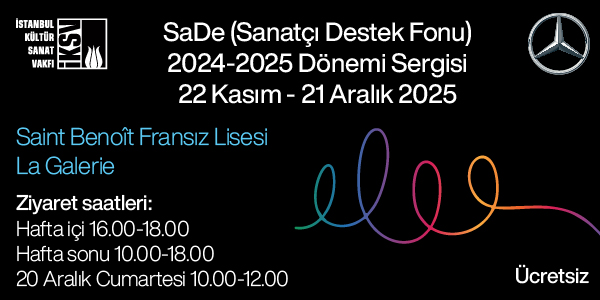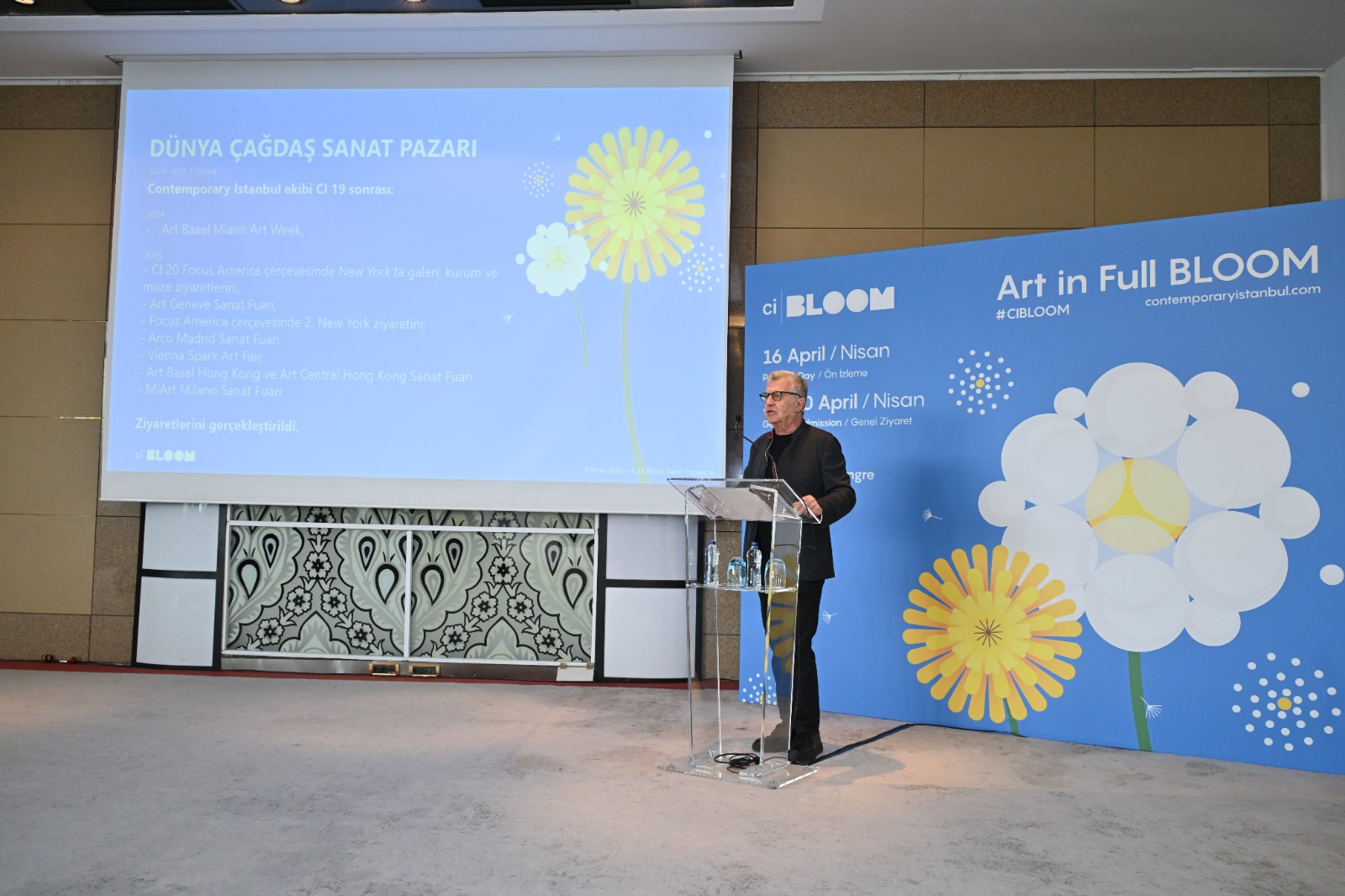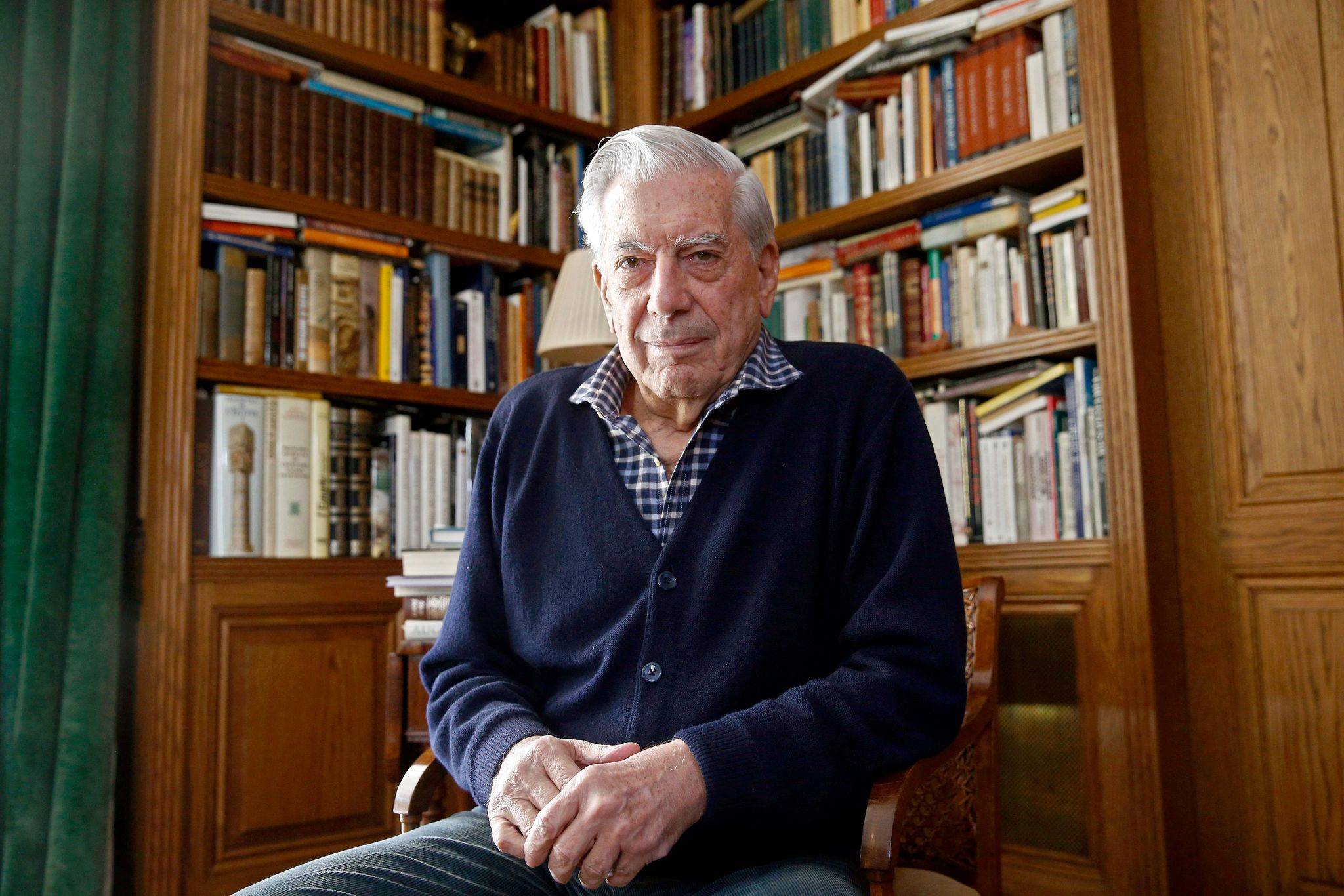At the dawn of an intricate geopolitical and geoeconomic turmoil era, the international art and culture scene may now be asking many new questions. What’s going on in Türkiye in the field of art and culture? may well be one of them. Briefly replied: Türkiye is currently experiencing an amazingly distinctive opulent period in which contemporary art production is at its most intense and effective stage in the troublesome location of the Black Sea and the MEA region. Simultaneously, his type of production, which was also dynamic and active, has unfortunately been damaged in the neighboring war zones around us.
As is well known, with its painting and sculpture production during the last decades of the Ottoman Empire, it was the first country in our region to embrace Modernism in the field of visual language creation. The School of Fine Arts was founded in 1882 during the Ottoman period. In 1928, it was renamed the Academy of Fine Arts. It was again renamed Mimar Sinan University in 1982 and has continued its education under its current name since 2006. Moreover, the encounter of photography was first experienced in 1839, which ended the religious ban on depicting the human image. This also marks the beginning of Modernism in territories East of Europe. Anyone who comes to Istanbul is confronted with this reality when they visit the Museum of Painting and Sculpture with its costliest painting collection.
To tackle the background of the current active situation in the artistic field, it is necessary to go back and remember the questioning of Modernism with its constricting qualities that began in the 1970’s and 1980’s. Furthermore, in the promising 1990s, the European Union established various cultural and art funds and used these resources to reach out to Eastern Europe, the Balkans, Türkiye and even post-Soviet countries. Many art and cultural entrepreneurs and artists in Türkiye benefited from these resources. Certainly, these funds are governed by rules. These rules provide for democratic development and the adoption of free expression, human rights issues, essential in international culture. However, after the Istanbul Culture Capital 2010 project, a promising and profitable cultural exchange project, this support has gradually weakened due to political preferences on both sides. However, with regards to the current falling regional politics and economic, the 50 years of contemporary art production in Türkiye still creates a field of observation and resistance in accordance with the international perspective.
If we classify the works produced by two generations of artists that demonstrate these conditions, it is observed that painting and drawing continue to be effective today. There are significant production skills and techniques in this creativity: Neo-surrealist abstractions, portraits, and human figures influenced by popular culture and ecology-oriented nature and landscapes. Another production is also prevalent in which photography and video compete. In videos, documentation of heroic performances comes first; realistic or imaginary images are produced in in videos and photographs using digital technologies. Moreover, production, multi-material, multi-technical documentary or surrealist installations, subjects related to life and nature come to the fore. The main feature of this broad-spectrum is that it contains knowledge, consciousness, science and memory. It is a skillful use of intellectual, critical, philosophical and black humorous process. This production, which has been carried out for half a century is mistakenly thought not to affect perception of the masses; indeed it skillfully penetrates the subconscious. Despite the cunning intrusions of the ideological systems and culture and art policies, it is no longer possible to deny this fact. As Guy Debord noted in 1967 In societies where modern conditions of production prevail, all of life presents itself as an immense accumulation of spectacles. Everything that was directly lived has moved away into a representation.(**)
It must be emphasized here: The positive impression left by the produced artworks does not mean that the contemporary art infrastructure centered on Istanbul is flawless. The truth is, artists and art production emerge in the face of an unsubstantiated infrastructure—a leftover of Modernity with its nation-state and state domination ideology. On the other hand, the private sector has gained knowledge and foresight in culture and art policy to some extent and established its updated infrastructure with museums, collections, and sponsorships. But this contribution also has its own conditions for limiting possible harm to their brand and reputation interests.
Both sectors, as in many semi-democratic countries, invest not in creative people but in political or corporate interests, fueling society’s desire for spectacle. Instead of crude censorship, a delicate censorship is applied with mutual understanding with the artist. The interesting actuality is that for two decades, in almost all countries with so-called semi-democracy or authoritarianism, magnificent contemporary art museums have been opened and proudly presented. Even if the metaphors of the works criticize the existing order and reflect the truth… Assuming that the majority of society doesn’t understand the indicator behind what is visible anyway… What a paradox?
It can be assumed that art in the 2000s offered the public living in Türkiye’s major cities intellectual flexibility to understand current global politics and the world of consumerism. Sustainable Biennales in Anatolia (Çanakkale, Sinop, Mardin) supported this influence. İstanbul Biennale and all these biennales empowered the presence of local and international artists in the perception of the masses. The current anti-government demonstrations with banners containing unusually humorous criticisms reveal the influence of metaphoric critical methods of contemporary art. Even if only through interdisciplinary visual and object metaphors or indirectly, today’s art shows the path and strategy not only to get rid of the prevailing fundamentalist and polarizing remnants, but also to change the abject ideologies of consumerism and the media. Metaphors created by works of art unequivocally filled the gaps in polarizing debates and establish intersections in the dark web of abject ideologies. The attitude that artists adopt towards the local and global political and neo-capitalist state of affairs, which could be described as resistance and challenge, is in reality a salvationist strategy against the triviality of official and private investments. There may also be opinions against this statement. While the works constantly and profoundly question the established order, it would be too optimistic to expect the masses to understand artistic production as a higher level of thought. Understanding the intricacies of a work of art is a process which needs profound common education. In many countries, the crucial point that shows the difference between simulated and original art is not entirely clear. The dominance of entertainment and media culture further exacerbates this ambiguity. Original creativity can be drowning in a soup of corrupted pleasure and arabesques of laughter, tears, and screams, and is sterilized by the repetition and copying of uniform technological images. Fortunately, the form and content of creativity do not correspond to what the masses consider valid in their own cultural circles; it is not a process driven by the joy of color, the expression of emotion, or ordinary inspiration.
There has been discussion for some time about a conflict between contemporary art and religious, tradition-oriented conservatism. I think that the conservatism of the 20th century and that of the first quarter of the 21st century are not the same. Conservatism of the past focused on tradition and religion. Instead, conservatism now is a method, a tool in the development process of the Post-truth and Neo-capitalist system. The unmitigated dominance of Neo-capitalism is fueling a conflict between the element of truth and post-truth which is consciously challenged in contemporary art productions. The masses are witnessing the process of terminating everything that opposes the interests of authoritarian regimes and the movements that support them. In this sense again, the characteristics of today’s critical, intellectual, and relational art production, such as critical thinking, acquiring an aesthetic perspective, leading communities, and ensuring peace and order, constitute a field of counter-resistance. Even the conservative section has become aware of this process and is trying to establish relationships and connections between traditional art and contemporary art; it is understood that this situation meets the art and culture needs of different masses.
As Jacques Rancière noted, Art is Going Elsewhere. Politics has to catch it, serving social spheres such as “social ethics,” “human behavior,” and “freedom,” raising people’s awareness and opening a space for resistance. These functions are pathetic to the abject systems in question, and conservatism is used without reserve as a tool in this conflict. This is another irresistible truth, and the confrontations with the works of contemporary art once again demonstrate their importance.
(*) Sudeep Dasgupta’s interview with Jacques Rancière, Krisis, 2008 krisis.eu/article/view/39193
(**) Guy Debord 1967 Society of the Spectacle, chapter 1

